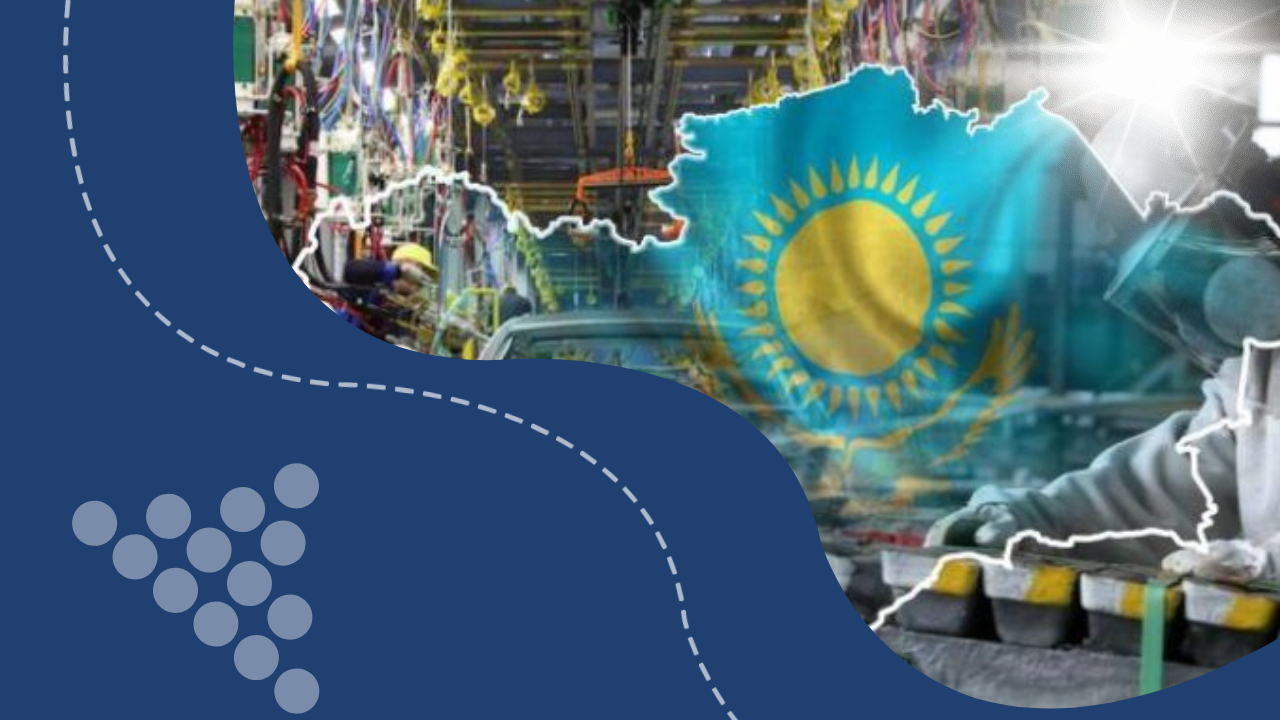Kazakhstan is preparing to develop a national digital subsoil map using advanced geological and satellite technologies, the Ministry of Industry and Construction told LS.
The project will be implemented in stages, with the first phase scheduled for 2026–2028, covering about 100,000 square kilometers of the country’s most promising ore-bearing regions, prioritizing rare and rare-earth minerals.
According to the ministry, fieldwork for the mapping will involve four main stages:
-
Satellite-based remote sensing, including spectral analysis of geological indices;
-
Geophysical and geochemical studies;
-
On-site exploration, such as drilling and underground works;
-
Laboratory testing to confirm anomalies and refine deposit boundaries.
This year, the ministry is developing 20 design and cost-estimate documents for geological studies at a scale of 1:50,000 to initiate the first phase. The total cost will be determined after documentation is finalized.
Officials emphasized that this phase represents a pre-exploration stage, serving as groundwork before full-scale exploration and mining. “This process helps study the subsoil in detail, confirm forecasts, and identify potential mineral deposits. Ultimately, it provides well-prepared areas with reliable geological data, reducing risks for future investors,” the ministry noted.
A second phase will expand the mapping area by another 350,000 square kilometers. The ministry added that creating a detailed digital map will be costlier than conventional cartography due to the higher observation density, drilling requirements, sample collection, and detailed satellite image analysis.
Service providers will be selected through a public procurement process.
Earlier in July 2025, state auditors criticized the ministry for delays in digitizing geological data and establishing a digital data bank. The report warned that the lack of modern geological archives creates risks of losing or damaging valuable geological information.

